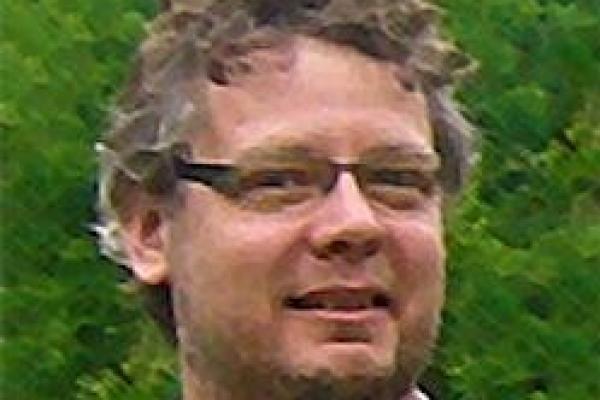
Relativistic heavy ion collision experiments at Brookhaven National Laboratory and at CERN have made it possible to turn back the clock to approximately one-millionth of a second after the big bang; a time when matter, as we know it, did not exist. At these early times, the temperature of the universe was on the order of 10^12 Kelvin and the protons and neutrons, which now constitute atomic nuclei, had not yet been formed. Instead, the universe was a super hot plasma of quarks and gluons called the quark gluon plasma (QGP). In this colloquium I will review the theoretical tools necessary to understand the quark gluon plasma in the early universe and formed in relativistic heavy-ion collisions. I will also discuss a few key heavy-ion experimental observables such as collective flow, jet energy loss, and heavy quarkonium suppression, which all point to the creation of a QGP with an initial temperature on the order of 600 MeV at the LHC.
